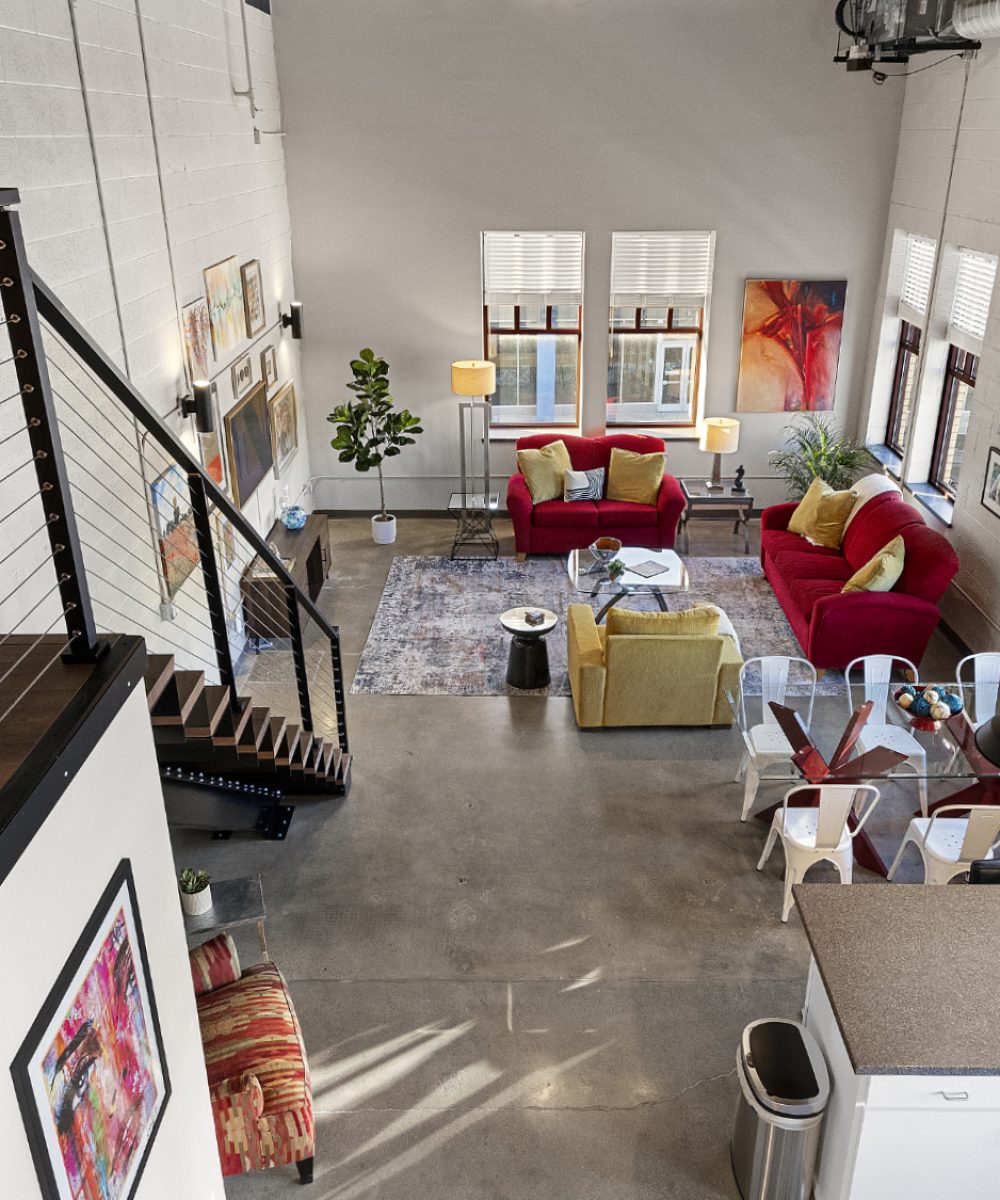The Gateway Collective
Why The Gateway Model?
Housing instability is one of the biggest barriers to upward mobility- and it’s getting worse.
In 2023, Gateway Collective was founded with a bold vision: not just to respond to the housing crisis—but to end it. Starting in Green Bay, WI, we developed a proven, scalable model that stops housing instability before it begins.
Our approach empowers hardworking families by combining affordable housing with on-site support and community-building—giving people the stability and dignity they need to thrive.
Rooted in rigorous research and real-world impact, The Gateway Model (formerly known as Socially Inclusive Housing) is designed to be self-sustaining, measurable, and ready to grow beyond Green Bay to communities across the country.
This is more than a housing solution—it’s a movement toward lasting change.
The Gateway model
Proactive. Relational. Built to last.
The Gateway Model™ was created to disrupt the cycle of housing instability by moving upstream—before eviction notices, shelter stays, and fractured support systems.
We recognize that homelessness isn’t just a housing issue. It’s about lost connection, strained mental health, and a lack of safety nets. That’s why we embed a Community Resource Advocate directly into each housing community—a trusted partner who walks alongside families, connecting them to resources, goals, and neighbors.
We’re proving that when people are surrounded with support before crisis hits, they don’t just stay housed—they thrive.
Because housing isn’t just about a roof over your head.
It’s about stability. Opportunity. Belonging.
And everyone deserves that foundation.
Housing is more than shelter. It’s what makes everything else possible—health, education, and the chance to thrive.
What is Socially Inclusive Housing?
The Gateway Collective
Who is The Gateway Model For?
The Gateway Model is designed for people who work hard but still live close to the edge—those who often don’t qualify for traditional support, yet face impossible choices every month. These are our neighbors: individuals and families doing their best, but still one unexpected expense away from crisis.

Young Professionals
For early-career professionals building their future, affordable housing in a prime location can be the difference between staying or leaving. The Gateway Model™ helps retain young talent by offering stability, community, and proximity to major employers—making it easier to plant roots and thrive locally.

Hard Working Families
For families earning just enough to get by, one unexpected bill can mean a missed rent payment—and a spiral into crisis. The Gateway Model is designed to support these families before they reach a breaking point, with affordable housing and embedded support that strengthens both financial stability and community connection.

Aging Adults
Older adults living on fixed incomes are often isolated and increasingly vulnerable to housing insecurity. The Gateway Model™ provides affordable, stable housing where neighbors look out for each other, and where aging adults are valued, supported, and connected to the community around them.
The Gateway model
More than just affordable housing—a full-circle support system that creates real opportunities for upward mobility.
At its core, The Gateway Model™ is built on four pillars that work together to uplift residents and transform communities:
Housing
High-quality, mixed-income homes in vibrant, accessible locations where families can truly thrive.
Connection
Economy
Partnerships
The Gateway Collective
Strategic Alignment
Brown County Life Study
Increase affordable housing inventory
Address barriers to escape poverty
Improve transportation access
Increase affordable childcare options
Strategies for retaining young professionals
Community Health Improvement Plan
Advocate for equitable access to healthcare
Build community connections at the neighborhood level
Safe, accessible housing options
Support policies that decrease inequities in a coordinated way
Greater Green Bay Blueprint to Prevent and End Homelessness
Equitable access of affordable housing across income levels
Enhance social cohesion throughout our community
Increase access to coordinated services
Partner with employers to be part of the solution
Equitable Access
50% - 60% AMI
LOWER INCOME WORKERS
30% of units.
Individuals earning at least $16.50/ hour ($34,300) at full time employment.
Family of four earning at least $23.55/ hour ($49,000) at full time employment.
Rent set at 30% of income.
60% - 100% ami
WORKFORCE
30% of units.
ALICE households – Employed households who are above the federal poverty line but work low-paying jobs with little to no savings.
Individuals earning between $19.80 – $33.00/hr ($41,100 – $68,600) at full time employment.
Family of four earning between $28.25 – $47.10/hr ($58,800 – $98,000) at full time employment.
Over half of seniors in Green Bay fall within this income category.
Rent is set at 30% of income.
100%+ AMI
MARKET RATE
40% of units.
Individuals earning at least $33.00/hr ($68,600) at full time employment.
Family of four earning at least $42.40/hr ($88,200) at full time employment.
Long-Term Outcomes
The Gateway Model is designed with intentional goals—to uplift tenants and strengthen entire communities.
Housing Access
Improved Wellbeing
Economic Development
Stronger downtown workforce retention fueling local economic growth and vibrancy.
Upward Mobility

